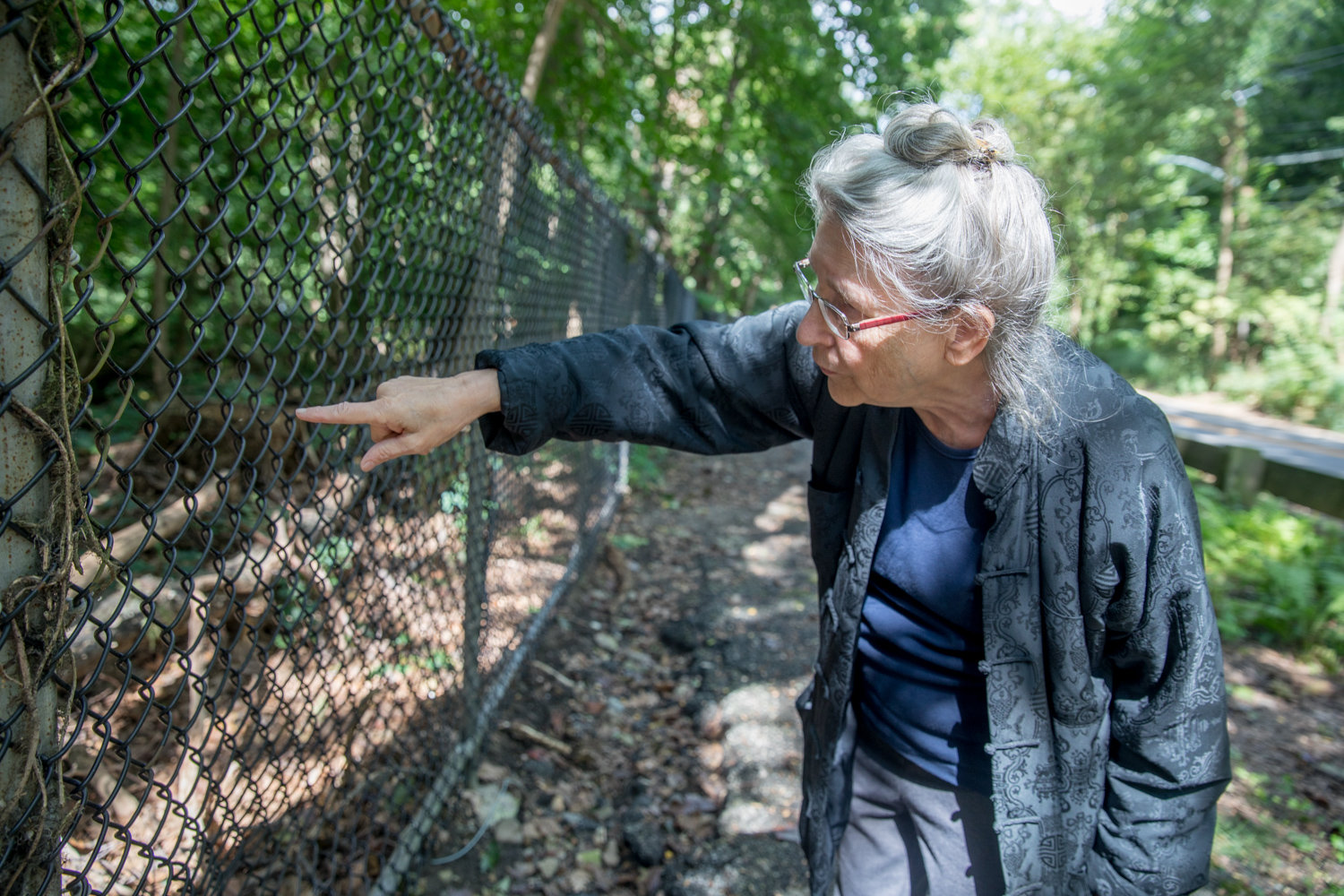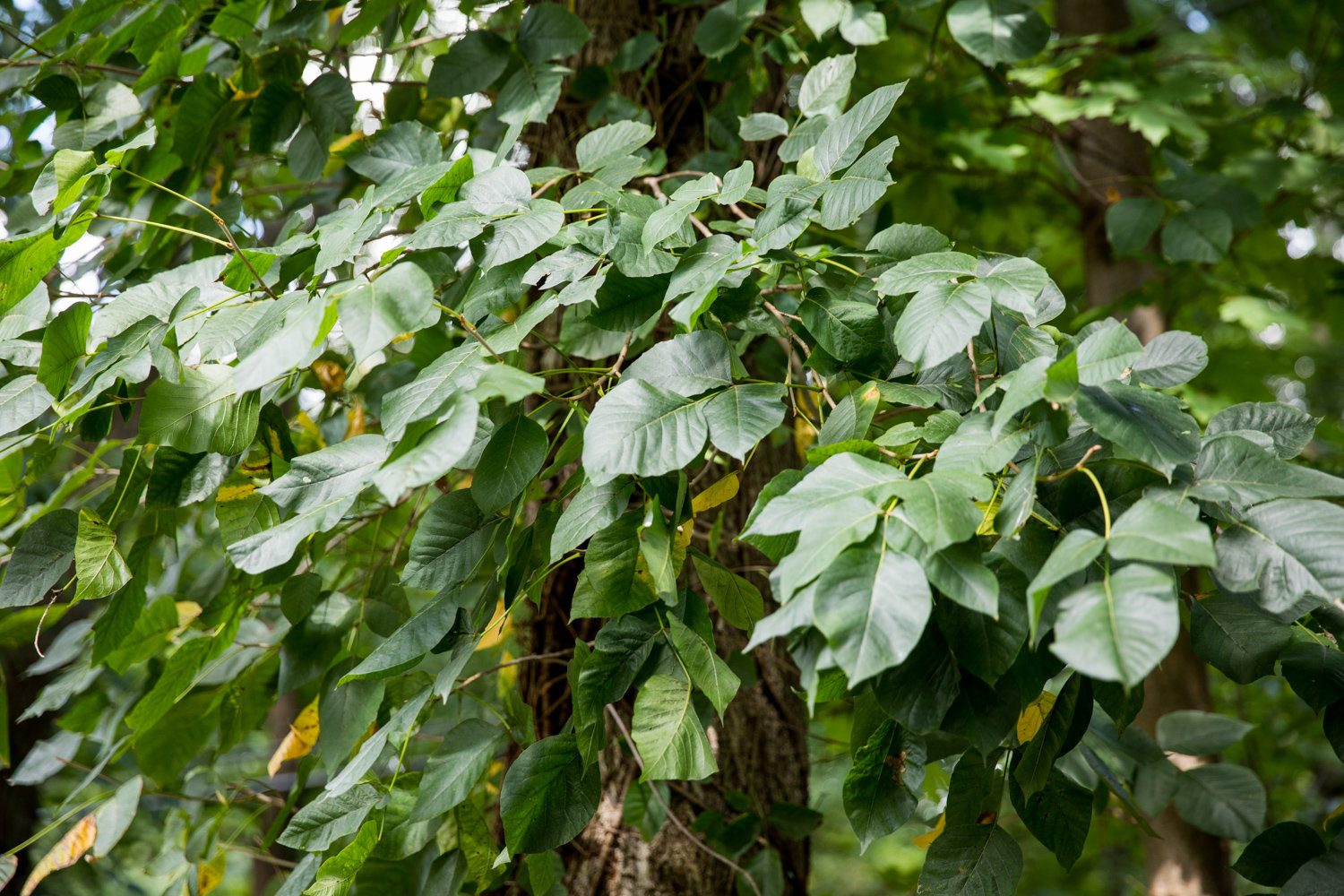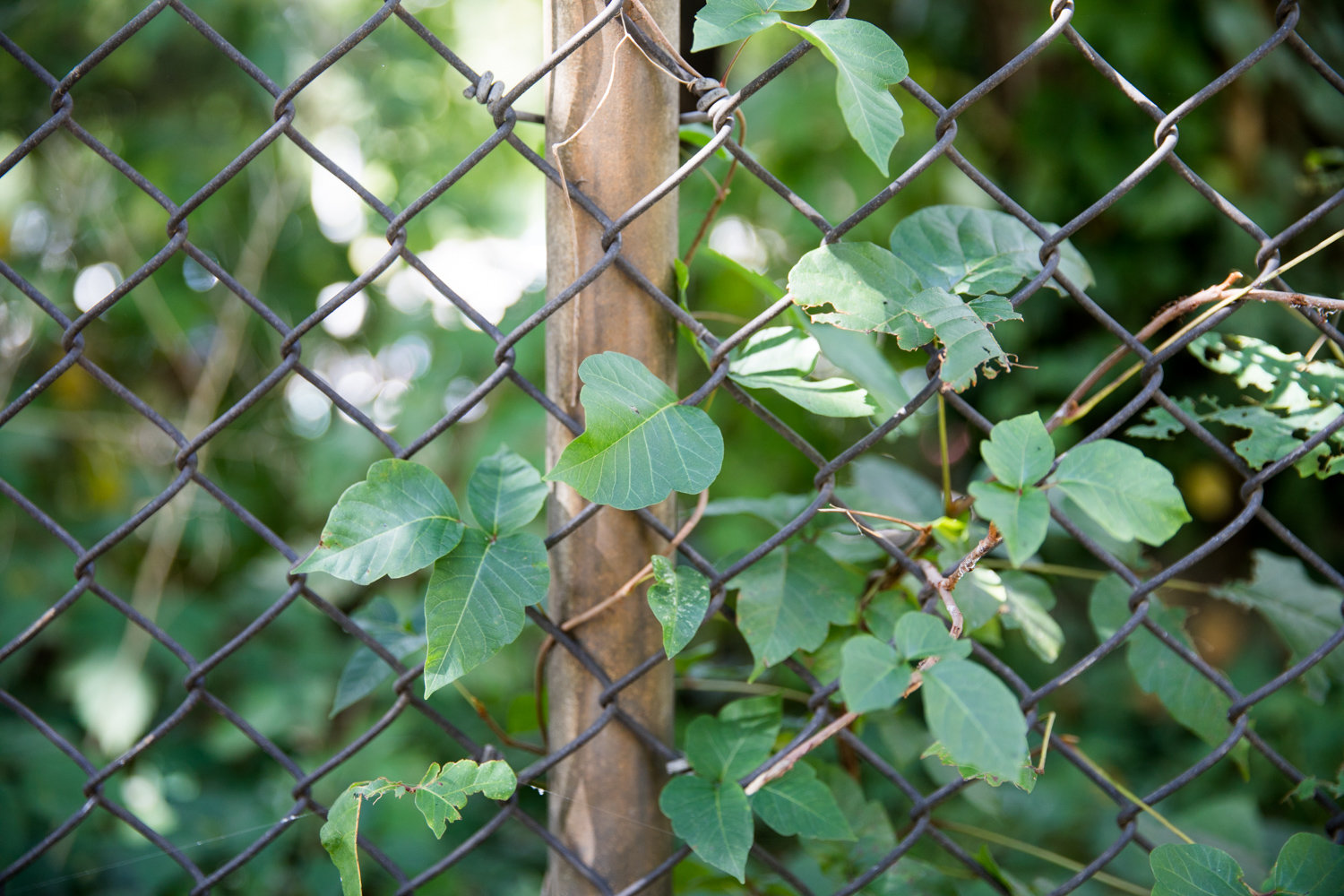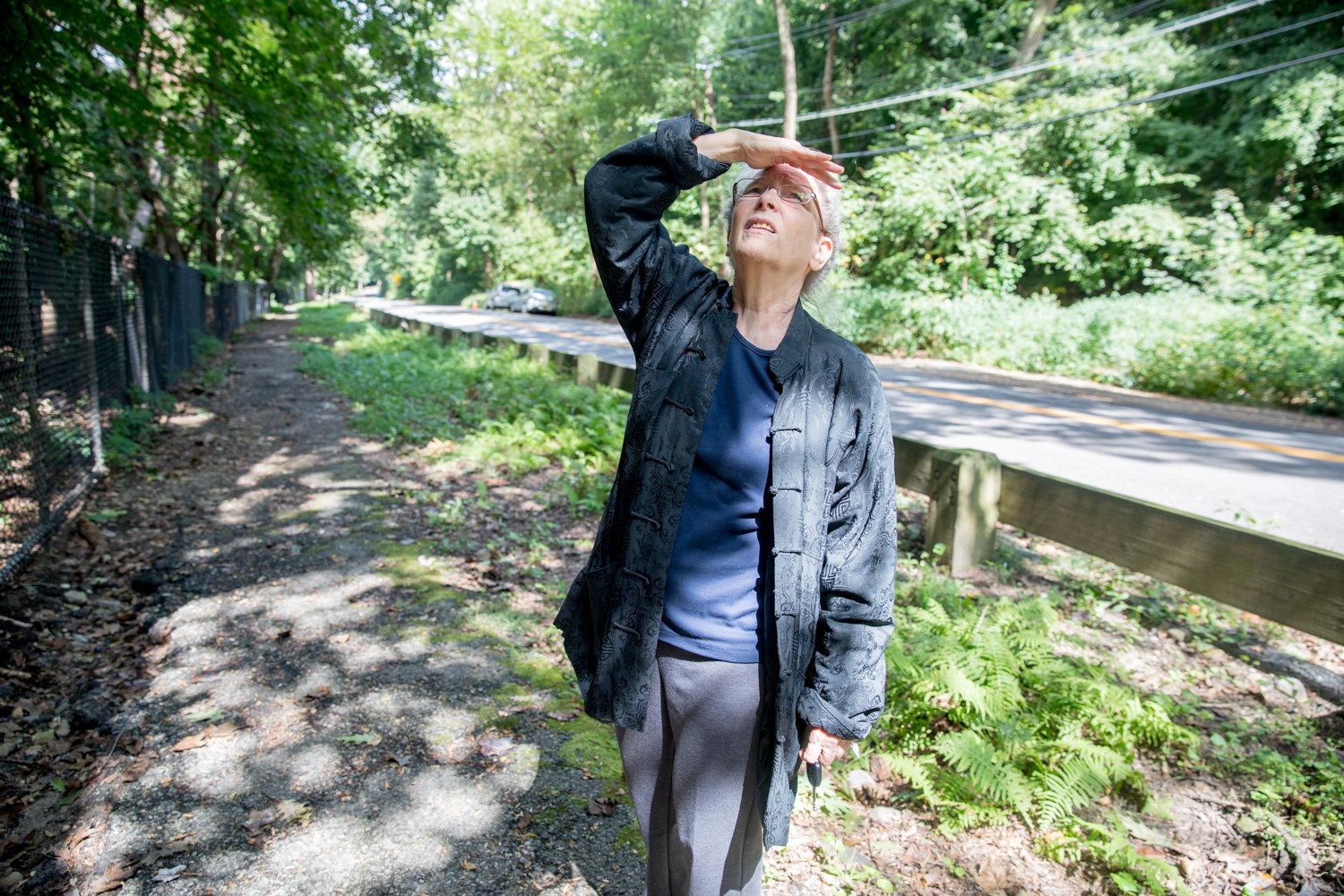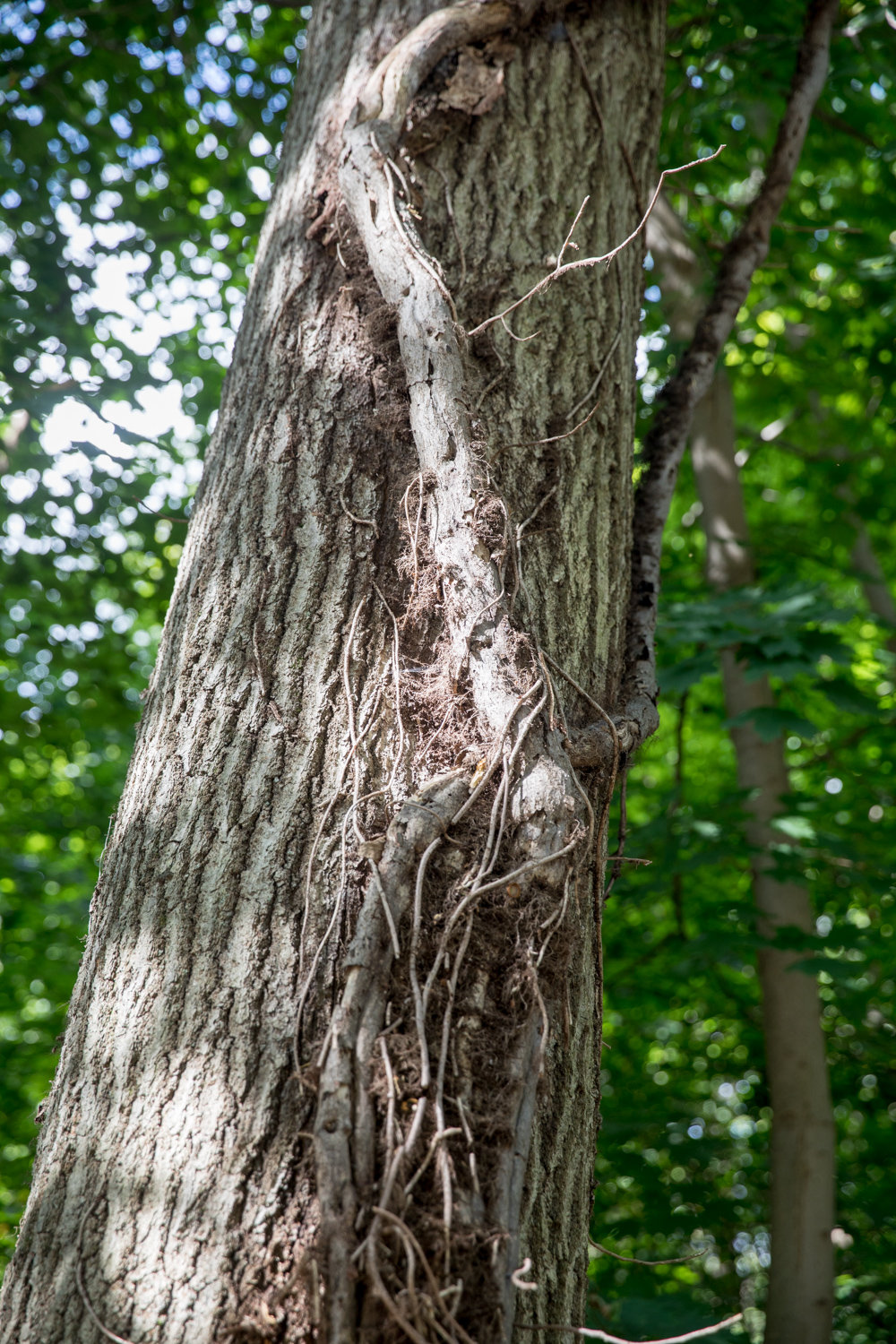An unlikely city foe: Poison ivy swamps the Bronx
The ubiquitous three-leaves of poison ivy are becoming more and more common across New York City.
Various news outlets have highlighted the overgrowth of the invasive weed in both Manhattan and Queens. But now the itchy plant has found its way to the Bronx.
Sura Jeselsohn, a local nature enthusiast and occasional Riverdale Press columnist, sees poison ivy everywhere — growing in Riverdale Park, on the edges of busy pedestrian roads like West 232nd Street, and crawling up fences at parks and local churches.
“Not everything in the natural world is benign,” she said. “In particular, there’s the issue of poison ivy. It’s a glorious plant. It’s green, glossy, it climbs up trees.”
But, despite its ‘glorious’ appearance, poison ivy has extremely unpleasant effects on those who unwittingly touch it.
The leaves and stems contain urushiol, a colorless oil, which causes an itchy, blistering rash when it comes in contact with skin.
According to the American Skin Association, nearly 85 percent of adults are allergic to the plant, while up to 15 percent are severely allergic and may require medical attention. An estimated 50 million Americans come into contact with poison ivy each year.
Even a person’s clothes brushing against the plant can spread the irritant if they are not washed immediately. And, Jeselsohn said, if your beloved dog runs through a patch and you don’t know, you’re likely to scratch your way to discomfort simply from their fur.
It’s a problem people aren’t even aware of. But the city parks department is, Jeselsohn said. They just haven’t done much of anything about it.
“When you call parks, you get this song and dance that it’s natural,” she said. “Just because it’s natural doesn’t mean it’s beneficial.”
Debbi Dolan — a member of the Van Cortlandt Park Nature Group and an expert on local plant life — said that in Vannie, at least, there is not a large effort to eradicate the vine.
“It is a native plant that provides berries for wildlife, and that contributes to its spread also,” Dolan said. “It also provides cover for small animals, and they use the vine for climbing.”
Yet, there is such a thing as too much, and if that’s the case with poison Ivy, Dolan blames climate change.
“Scientists conclude that increasing temperatures and rising carbon dioxide levels are contributing to the overgrowth,” she said. “The poison ivy is responding by growing larger and stronger. The urushiol that causes the blistering rash is becoming more potent.”
Milder winters and warmer, wetter summers are allowing poison ivy to grow faster and larger, according to reports. And while some small animals and birds may depend on it as a food source, those same animals are also a primary cause for its spread, as they eat the plants and scatter seeds.
There are two ways poison ivy can be removed — physically, by pulling the plant up by the root. Or chemically, by spraying pesticides.
“The public has developed an aversion to the word ‘pesticide,’ but parks is telling everyone that they need to use pesticides because they don’t have manpower to cope with this rampant vegetation,” Jeselsohn said.
Removing the plant by hand is trickier, however. In one recent excursion to a wooded side street in Riverdale, Jeselsohn said she dressed “like an astronaut” to avoid being exposed to the poison ivy she was removing.
For smaller plants, Jeselsohn recommends using a plastic bag, like one the newspaper is delivered in, wrapping it around your hand before pulling up the plant. Once it’s removed, use the bag to tie the plant in.
Afterward, Jeselsohn says she washes her skin with plan dishwashing liquid, which breaks down the oils that cause irritation in case some of it ends up on her skin. That, at least, could prevent the dreaded rash.
Yet, Jeselsohn is still figuring out why she and other concerned nature-lovers like her are the ones tasked with such a messy job. Jeselsohn’s many calls to 311 have mostly gone unheeded.
“Parks is overextended,” she said of the city agency. “Even though I’m annoyed at them sometimes, I don’t know if they have the budget, or the manpower. I think that they are mandated to do more than they can reasonably accomplish.”
Still, though, someone has to take care of the problem, and it’s too big and too dangerous for people to take on themselves, Jeselsohn said. And the parks department has to respond at least to calls that are within their jurisdiction.
“When you’ve got a rampant problem, and you neglect it in the face of being told,” she said, “at some point, you’re part of the problem.”

